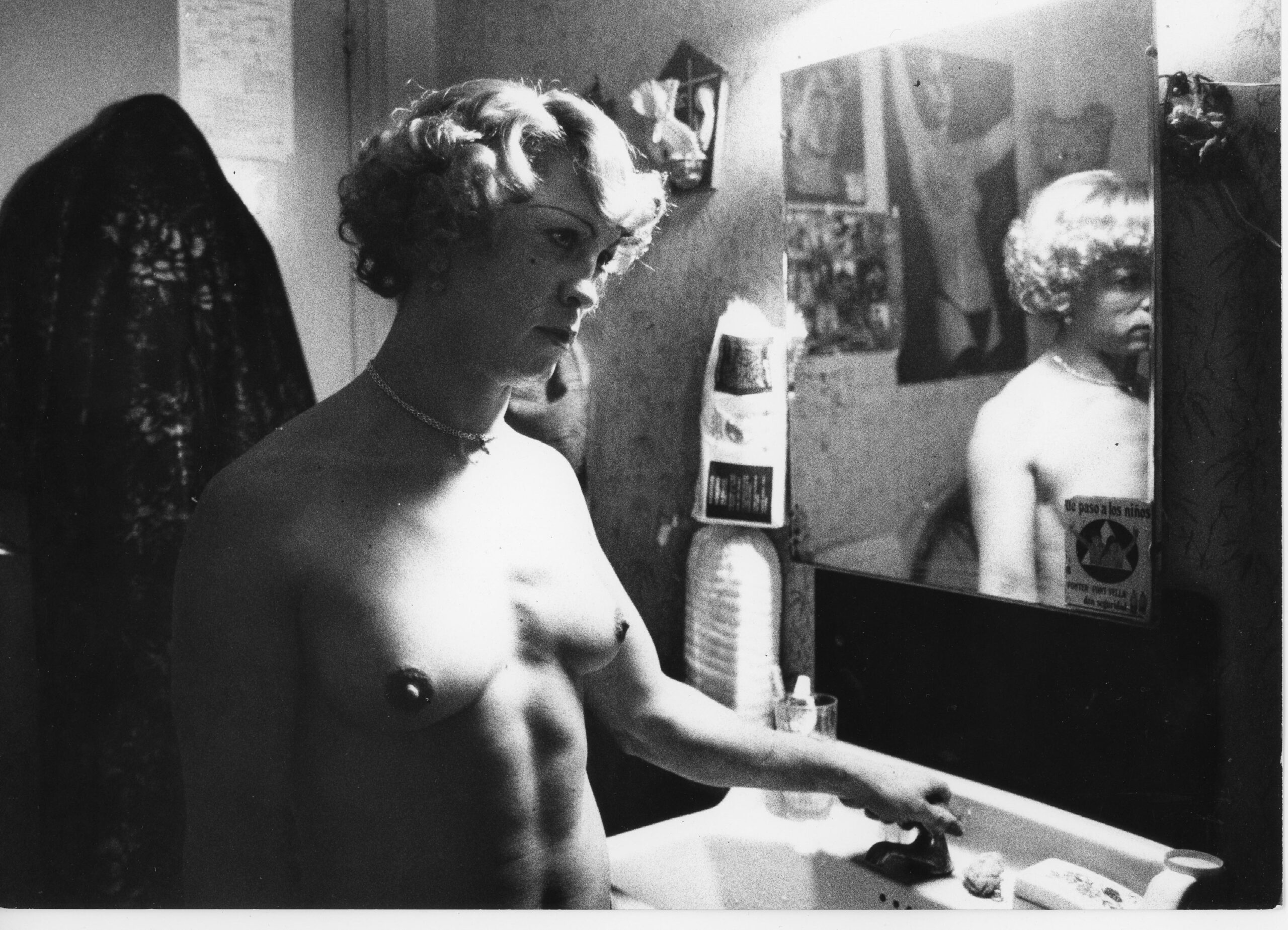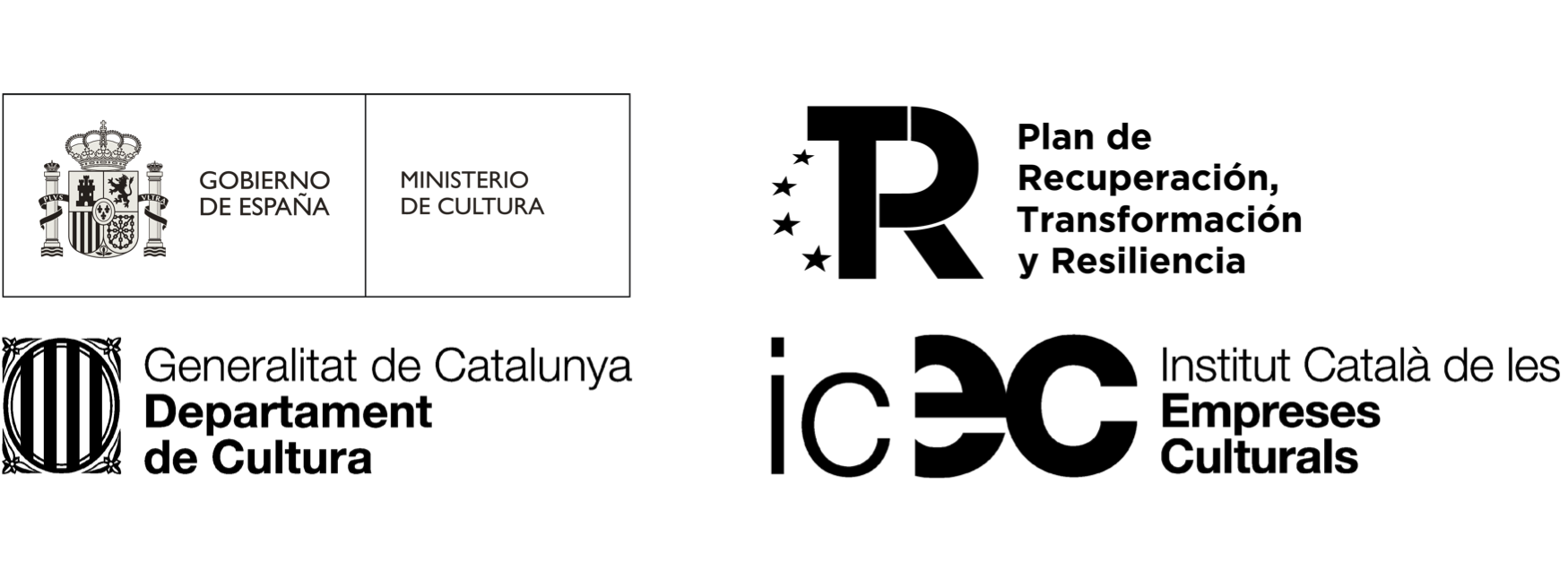Los “vintage” de Pilar Aymerich

Los “vintage” de Pilar Aymerich
RocioSantaCruz presents The vintage of Pilar Aymerich, the first exhibition of the photographer in the gallery. It is a very special selection of photographs, some of them unpublished, all vintage prints developed by the author herself. Through her lens, Aymerich captured the Barcelona of the last decades of the twentieth century, exploring different social, political and feminist perspectives of a country in transition.
“Sometimes when I arrived at my studio after a report I would leave the film in the lab, on top of the white formica near the enlarger, and I would not develop it until the next day to feel the pleasure of knowing that I had a hidden reality, captured. I would delay the moment when I would be able to see again what I had already seen and that it belonged to me…” – Pilar Aymerich.
In 1968, Pilar Aymerich returned to Barcelona after her experiences in London, where she studied theater. After this important stage in her life, she decided to devote herself to photography, influenced by her uncle, Xavier Tarragó, who was exiled in France during the Spanish Civil War and worked as a photographer for the Comissariat de Propaganda de la Generalitat de Catalunya. Thanks to him, Pilar entered the world of developing and making vintage prints with the wooden enlarger her uncle had built. This fascinating anecdote serves as a starting point for Aymerich’s photographic production: the photographs in her first exhibition were made with this enlarger. This photographic practice defines vintage development as an essential feature of her work, as Aymerich continues to develop her own photographs today, locking herself in the print room to produce her black-and-white creations.
Aymerich’s photography is characterized by a socially awakened gaze that, always with the ethics and commitment of the chronological moment in which the artist is located, allows us to be direct witnesses of different key moments of Barcelona at the end of the 20th century.
This exhibition brings together some of Pilar Aymerich’s most important photographs, some of them unpublished, many of them identifiable in the body of work that won her the Creu de Sant Jordi in 2005 and the National Photography Award in 2021.
Whether it is the explicitly feminist demonstrations of 1976 and 1977, the first sexual liberation revolutions in Barcelona in 1979, the concentrations to demand the decriminalization of adultery or the rights of women prisoners in 1976, the photographic report of the first sexual liberation revolution in Barcelona in 1979, or the photographic report around the Trinitat prison in Barcelona (1978), we try to give an account of a reality that is still present to the extent that what seemed to be pending in the 70s is still being demanded today in the current demonstrations.
Esta mirada que remarcamos, centrada en lo colectivo, se desplaza hacia lo individual en una selección de series que retrataron a aquellos desplazados en una España sumida en la dictadura Franquista. Ya sea gracias a Kathy, transexual que viajó a Barcelona desde Córdoba para someterse a la reasignación de sexo en 1979, a todas aquellas travestis que aprovecharon el primer Carnaval autorizado durante la Dictadura Franquista en Vilanova i la Geltrú en 1972 para expresar su identidad de género, o la serie inédita de jóvenes obligados a la prostitución en los urinarios de Plaza Catalunya en 1972, podemos dar cuenta de aquellos desplazados por la sociedad hacía los límites más recónditos de la marginalidad.
This look that we emphasize, focused on the collective, moves to the individual in a selection of series that portrayed those displaced in a Spain submerged in the Franco dictatorship. Whether thanks to Kathy, a transsexual who traveled to Barcelona from Cordoba to undergo sex reassignment in 1979, to all those transvestites who took advantage of the first Carnival authorized during the Franco dictatorship in Vilanova i la Geltrú in 1972 to express their gender identity, or the unpublished series of young people forced into prostitution in the urinals of Plaza Catalunya in 1972, we can give an account of those displaced by society to the furthest limits of marginality.
PRESS
– Kathy, el camionero trans que vivía en la Cúpula Venus, en la mirada de Pilar Aymerich, Teresa Sesé, La Vanguardia, 01.12.2023
– Pilar Aymerich: “Al feminismo le queda mucho por hacer. Para empezar, que no nos maten”, Leticia Blanco, El Periódico, 28.11.2023
– Pilar Aymerich. La fotografia de la vida quotidiana, Ramón Casalé Soler, El Temps de les Arts, 16.12.2023
– RocioSantaCruz : The vintages of Pilar Aymerich : One white cuvette for the developer. One red cuvette for the fixer, The eye of Photography, 19.12.2023
– Pilar Aymerich i Rocio Santa Cruz, Rac 1 Vosté Primer, Marc Giró, 19.12.2023
– Pilar Aymerich captaba y escoge su Barcelona, Lluís Permanyer, La Vanguardia, 20.12.2023
______
Con el apoyo de / Amb el suport de / With the collaboration of
